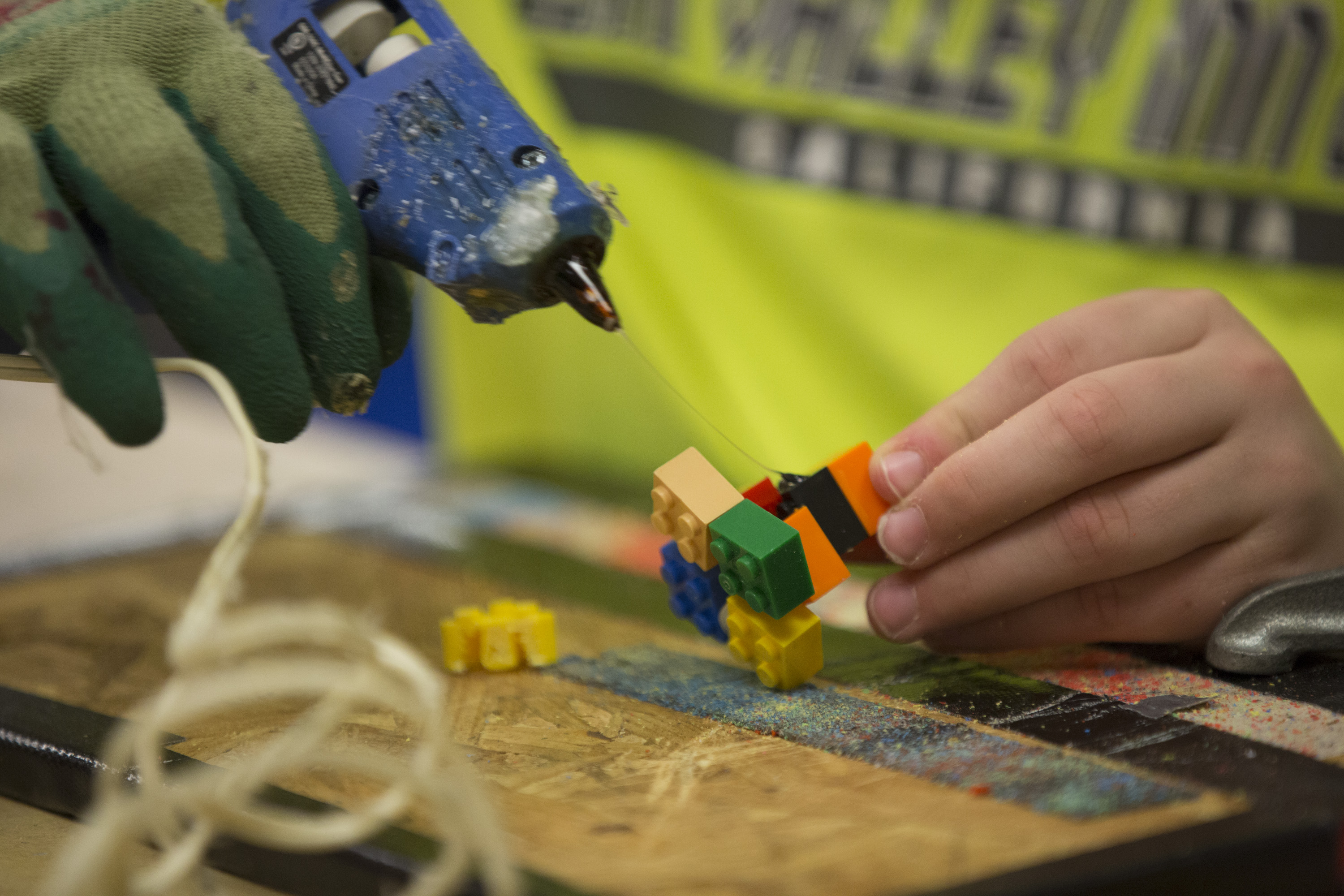Empowering students with language-based learning differences

Teaching to Strengths



Academics
Multisensory
What is multisensory instruction?
Multisensory instruction is a way of teaching that aims to increase understanding and comprehension by engaging multiple senses (auditory, visual, tactile, or kinesthetic) while learning about a given topic. The idea is that people learn better when materials are presented in multiple ways, providing opportunities for students to explore the information in the context of their individual strengths.
Multisensory instruction is a way of teaching that aims to increase understanding and comprehension by engaging multiple senses (auditory, visual, tactile, or kinesthetic) while learning about a given topic. The idea is that people learn better when materials are presented in multiple ways, providing opportunities for students to explore the information in the context of their individual strengths.
How does Siena implement multisensory learning?
Through individualized, multisensory instruction, Siena develops students' critical-thinking and problem-solving skills. Students work to acquire the tools and strategies needed to become successful and independent learners. Teachers of all subjects encourage students to engage with the material in multiple ways, and lessons often require students to not only listen or read, but also to move, create, or perform. Most students, with a difficulty or not, enjoy the variety that multisensory techniques may offer. Techniques utilized daily:
Through individualized, multisensory instruction, Siena develops students' critical-thinking and problem-solving skills. Students work to acquire the tools and strategies needed to become successful and independent learners. Teachers of all subjects encourage students to engage with the material in multiple ways, and lessons often require students to not only listen or read, but also to move, create, or perform. Most students, with a difficulty or not, enjoy the variety that multisensory techniques may offer. Techniques utilized daily:

Visual Reasoning and Learning
-
Posters, models, projection screens
-
Use of color for highlighting
-
Graphic organizers, outlining and annotating passages
-
Student-created art, images, text, pictures, and video
-
Visual teaching methods and strategies
Auditory Techniques
-
Music, song, instruments, speaking, rhymes, chants, and language games
-
Audiobooks, peer-assisted reading, paired reading, and text-to-speech
-
Video or film with accompanying audio
Tactile Teaching Methods
-
Raised line paper, textured objects, and puzzles to improve fine motor skills
-
Clay and sculpting materials
-
Manipulatives to teach math skills
Kinesthetic Methods
-
Games incorporation and clapping or other movements paired with activities while counting and singing related to concepts
-
Large gross motor movement activity: dancing, bean bag tossing, rhythmic recall, and academic competitions
